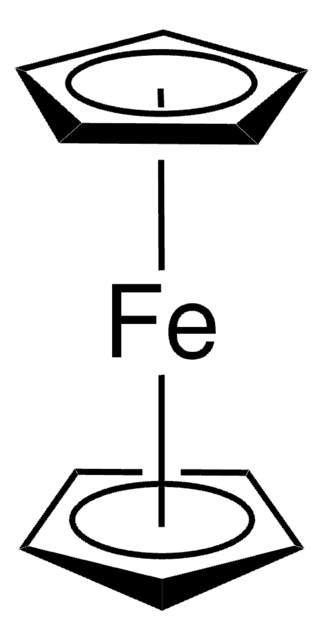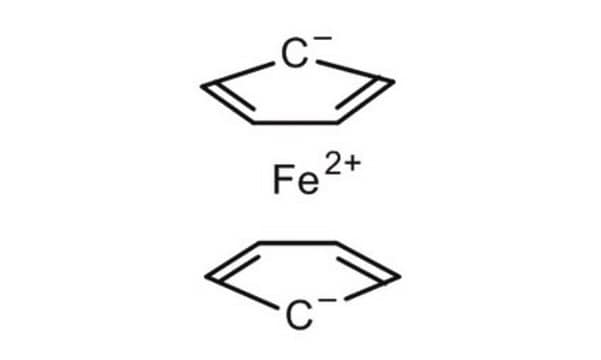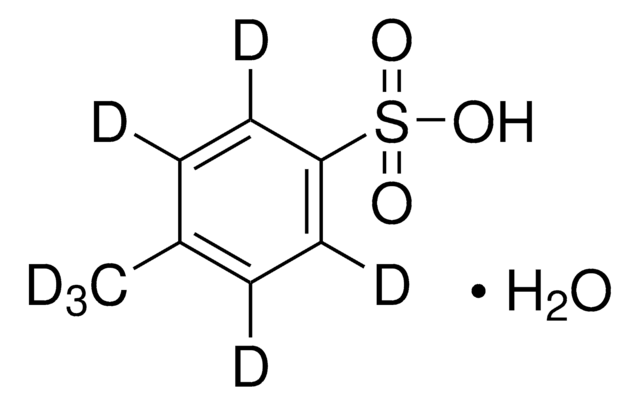Kluczowe dokumenty
242845
Acetic anhydride
ACS reagent, ≥98.0%
Synonim(y):
Acetanhydryd, Bezwodnik acetylowy, Bezwodnik etanowy, Bezwodnik kwasu octowego, Octan acetylu
About This Item
Polecane produkty
klasa czystości
ACS reagent
Poziom jakości
gęstość pary
3.5 (vs air)
ciśnienie pary
10 mmHg ( 36 °C)
4 mmHg ( 20 °C)
Próba
≥98.0%
Formularz
liquid
temp. samozapłonu
629 °F
granice wybuchowości
10.3 %
zanieczyszczenia
MnO4- reducers, passes test
pozostałość po odparowaniu
≤0.003%
współczynnik refrakcji
n20/D 1.390 (lit.)
bp
138-140 °C (lit.)
mp
−73 °C (lit.)
rozpuszczalność
H2O: slightly soluble
gęstość
1.08 g/mL (lit.)
ślady anionów
chloride (Cl-): ≤5 ppm
phosphate (PO43-): ≤0.001%
sulfate (SO42-): ≤5 ppm
ślady kationów
Fe: ≤5 ppm
heavy metals: ≤2 ppm
grupa funkcyjna
anhydride
ester
ciąg SMILES
CC(=O)OC(C)=O
InChI
1S/C4H6O3/c1-3(5)7-4(2)6/h1-2H3
Klucz InChI
WFDIJRYMOXRFFG-UHFFFAOYSA-N
Szukasz podobnych produktów? Odwiedź Przewodnik dotyczący porównywania produktów
Opis ogólny
Zastosowanie
- 2-acetylamino-5-aminobenzenesulfonic acid
- 3,3′-bis(sulfonato)-4,4′-bis(chloroacetamido)azobenzene (BSBCA)
- 10-acetoxy-9-nitro-octadecanoic acid, allyl ester
- 9-nitro-oleic acid
Hasło ostrzegawcze
Danger
Zwroty wskazujące rodzaj zagrożenia
Zwroty wskazujące środki ostrożności
Klasyfikacja zagrożeń
Acute Tox. 2 Inhalation - Acute Tox. 4 Oral - Eye Dam. 1 - Flam. Liq. 3 - Skin Corr. 1B
Kod klasy składowania
3 - Flammable liquids
Klasa zagrożenia wodnego (WGK)
WGK 1
Temperatura zapłonu (°F)
120.2 °F - closed cup
Temperatura zapłonu (°C)
49 °C - closed cup
Środki ochrony indywidualnej
Faceshields, Gloves, Goggles, type ABEK (EN14387) respirator filter
Wybierz jedną z najnowszych wersji:
Masz już ten produkt?
Dokumenty związane z niedawno zakupionymi produktami zostały zamieszczone w Bibliotece dokumentów.
Klienci oglądali również te produkty
Nasz zespół naukowców ma doświadczenie we wszystkich obszarach badań, w tym w naukach przyrodniczych, materiałoznawstwie, syntezie chemicznej, chromatografii, analityce i wielu innych dziedzinach.
Skontaktuj się z zespołem ds. pomocy technicznej














